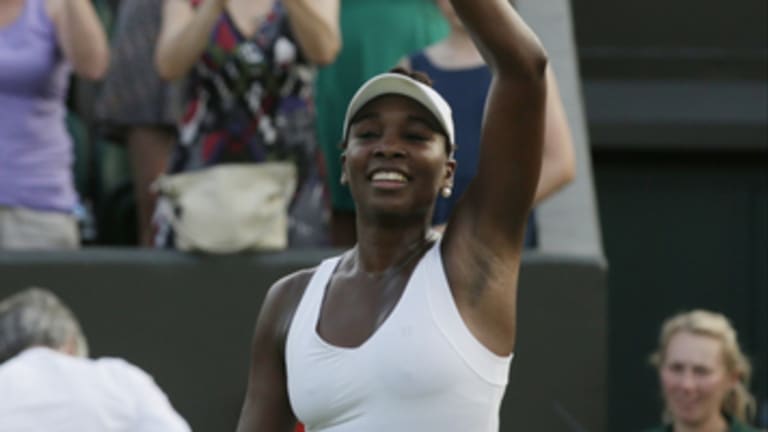Women's History Month: Wimbledon finally offers equal prize money
By Mar 17, 2021ATP Doha, Qatar
Formula 1 star George Russell spotted watching Andrey Rublev, Felix Auger-Aliassime in Doha
By Feb 21, 2025Social
Quote of the Day: Clara Tauson has long night of recovery after Dubai semifinal
By Feb 21, 2025Teenager Andreeva upsets Rybakina to reach Dubai final against Tauson
By Feb 21, 2025Rublev edges Auger-Aliassime to reach his third Qatar Open final
By Feb 21, 2025ATP Doha, Qatar
Andrey Rublev 'happy' to have his level back with 10th ATP 500 final in Doha
By Feb 21, 2025WTA Dubai, UAE
Mirra Andreeva into Dubai final, upsets Elena Rybakina
By Feb 21, 2025Style Points
Andrey Rublev takes inspiration from Stephen Curry with “responsibility” message on shoe
By Feb 21, 2025WTA Dubai, UAE
Karolina Muchova vs. Clara Tauson: Where to Watch, Dubai Preview, Betting Odds
By Feb 20, 2025WTA Dubai, UAE
Elena Rybakina vs. Mirra Andreeva: Where to Watch, Dubai Preview, Betting Odds
By Feb 20, 2025Women's History Month: Wimbledon finally offers equal prize money
Thirty-four years after the US Open payed equally, the All England Club finally came around.
Published Mar 17, 2021
Advertising

Women's History Month: Wimbledon finally offers equal prize money
© AP